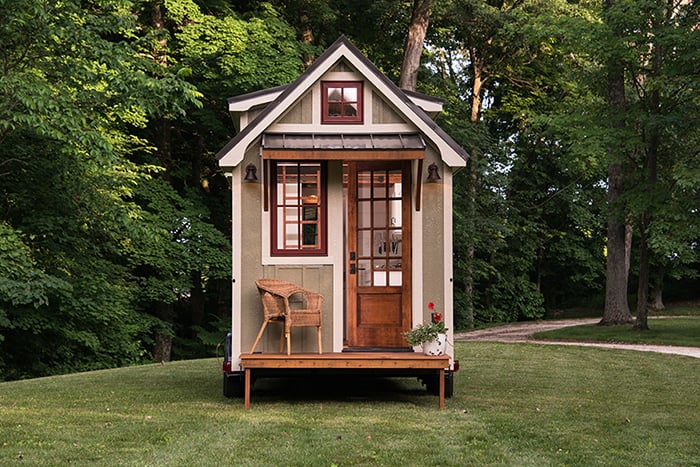Part of a successful eco-friendly lifestyle is the ability to cut down waste and resources to help our planet. As sustainability continues to become an accessible and viable way of life, consumers are looking for products, services, and experiences that are trendy but low on environmental impact. In this edition of the Eco-Friendly Trend Report, we will go over the lifestyle, home, and technology trends in the front of this movement.
Lifestyle Trends
In order to go green, one first needs to think green. Consumers, especially Millennials, are increasingly adopting a “buy less, but buy better” mentality, which involves purchasing fewer, but higher quality goods.
Currently, 35% of shoppers are willing to spend more on products that are good for the environment, and that number is expected to grow in the coming years. Consumers are focusing more on the brand behind the product, favoring companies that are mindful of the environment and subsequently buying products that make them feel good in both body and mind. This is assisted by the idea that a clean, minimal space equals a happy space – by choosing to buy fewer products in general but going for products that are long-lasting and sustainably designed, people are keeping more goods out of the waste cycle.

Home Trends
Tiny homes were all the rage in 2015, and they continue to be the craze for 2016, appearing on HGTV shows like “Tiny Home Hunters” and “Tiny Home Nation”. Tiny homes are also part of this growing movement to downsize one’s life and live more minimally.
Costing less than $30,000 on average, these pint-sized micro dwellings typically occupy between 100 and 400 square feet of space and are often built with eco-friendly materials like solar panels and rainwater collecting pipes. The costs of owning and living in a typical 2,000 square-foot home can be expensive and wasteful in the long run, so the tiny home trend is all about eliminating what we don’t need and focusing on a simplified shelter. Ranging from modern styles to rustic trailer cabin, tiny homes are also a perfect fusion of environment and design – you could live green and live with less, but look good while doing it.

Included with the tiny home trend is net-zero building, a concept of living that involves balancing the amount of renewable energy you create from your home and the amount of energy you consume in your home. That means cutting down on energy usage while also adding technology like smart thermostats and solar panels. With these projects becoming more accessible and affordable than ever before, many are jumping on the bandwagon.
Technology Trends
3D printing surged in popularity a few years ago and has been shaking things up in industries and manufacturing. The latest developments come in building full ecosystems like food. Chloe Rutzerveld, the inventor of Edible Growth, is looking to develop bite-sized, 3D printed gardens. These small edibles would play an important role in cutting down food production, transportation, and waste from both food industries and from cooking in the home. While still in its infant stages of research and development, we think 3D printed food, and many other 3D printing projects, will be a part of the green movement for years to come.


For eco-friendly trends, we see that a “little” actually means “a lot”. Any action or habit that involves lowering our ecological impact means a bigger, positive impact for our planet. The old adage “less is more” certainly holds true as we move toward a sustainable future.
Compared to our other eco-friendly trend reports, these trends are a lot more geared for the advanced green living warriors. If you’re new to green living, we suggest starting with our simple eco-friendly living guide and following up on our other reports. To determine the environmental impact of your home, take our green living quiz.

